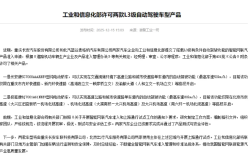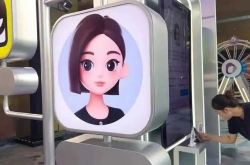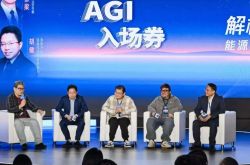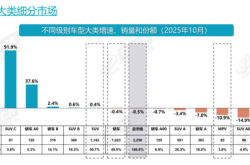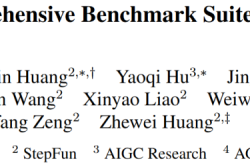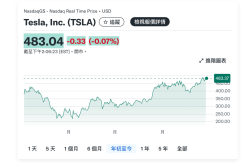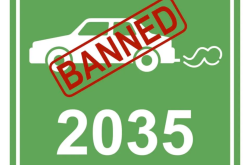Musk's Bold Vision: The Rise of the Optimus Robot
![]() 09/04 2025
09/04 2025
![]() 536
536
Tesla's narrative embarks on a new frontier as Musk shifts his focus from electric vehicles to the realm of humanoid robots.
On September 2, Tesla unveiled 'Master Plan 4.0' via its official social media channels. This roadmap outlines how, as Tesla's influence in AI grows, the company's 'next chapter' will involve 'creating products and services that integrate AI into the real world,' fostering a sustainable and thriving future.
Discussing the execution of Master Plan 4.0, Musk asserted on social media that Optimus will account for roughly 80% of Tesla's value in the future. Autonomous driving and the Optimus humanoid robot will be at the forefront of Tesla's priorities.
The announcement of Master Plan 4.0 signifies a strategic pivot for Tesla.
Since 2006, Musk has unveiled Master Plans to elucidate Tesla's broader aspirations and product roadmap. The previous versions, released in 2006, 2016, and 2023, predominantly centered on electric vehicles and energy.
Some analysts argue that Master Plan 4.0 marks a comprehensive shift in Tesla's developmental focus, moving from electric vehicles and energy to AI and robotics. This shift emphasizes the integration of AI with tangible products and services to address real-world issues and usher in a world yet to be fully imagined.
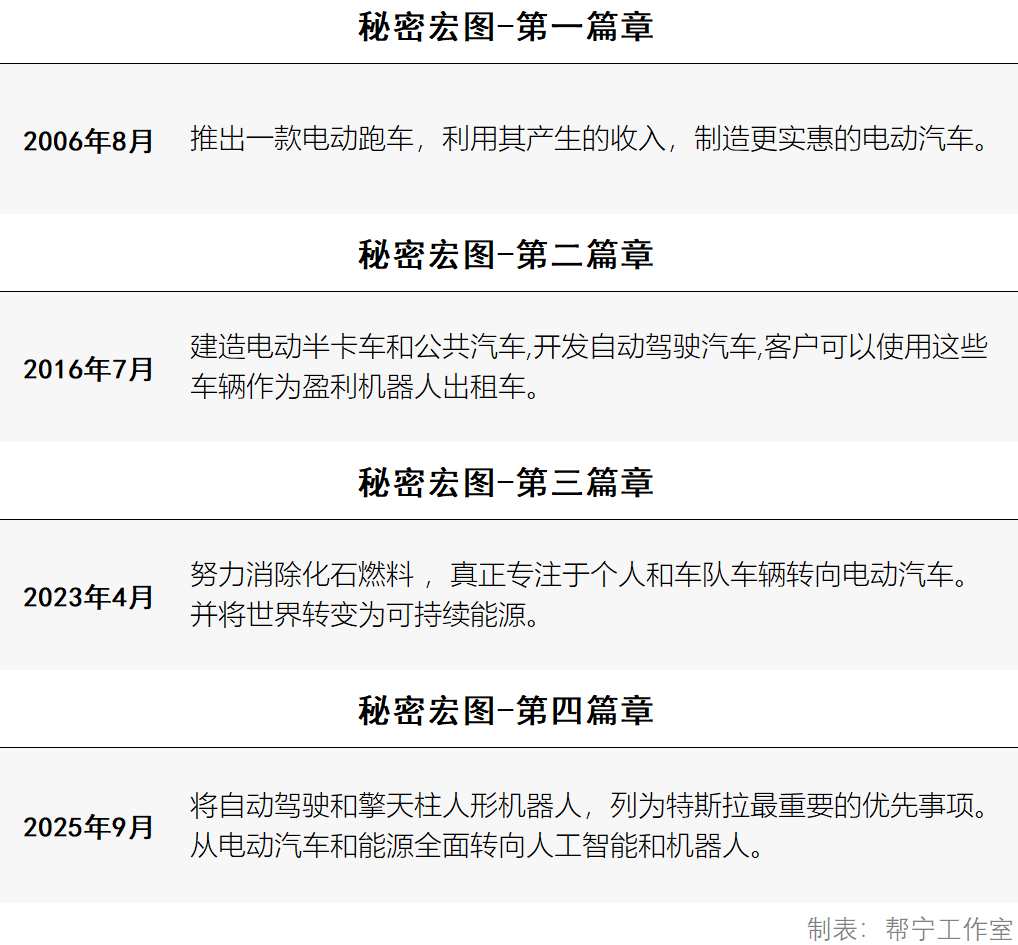
'Humans have always been toolmakers. At Tesla, we craft tangible products at low costs and on a grand scale, aiming to enhance the lives of all,' the plan states. It further elaborates on how Tesla's innovations in electric vehicles, clean energy, and robotics pave the way for a 'technological renaissance' that mitigates resource scarcity.
Master Plan 4.0 spotlights the Optimus robot, a humanoid designed to execute diverse tasks. According to Musk's vision, these robots will not only assist in factories but also aid households, potentially transforming daily life by managing chores and even offering entertainment, such as the whimsical popcorn service mentioned in the plan.
Musk underscored the strategic significance of the robotics division, emphasizing that the scale of Full Self-Driving (FSD) technology and the Optimus robot will be pivotal. Tesla aims to leverage its manufacturing expertise to produce robots capable of replacing human labor across various industries, envisioning a new, machine-driven production system that multiplies productivity.
The Optimus robot seeks to redefine people's perception of labor, particularly monotonous or hazardous tasks. By automating these processes, it aims to liberate human resources for more creative and strategic endeavors. Tesla's objective is to mass-produce robots capable of performing a wide array of tasks, from manufacturing to logistics, thereby reducing reliance on human labor and aligning with environmental objectives.
Tesla's commitment to AI and robotics technology extends beyond creating new products, encompassing the integration of these technologies into all facets of its operations. FSD technology serves as a cornerstone of this strategy, working in tandem with the Optimus robot to foster a seamless ecosystem. This ecosystem aims to enhance efficiency and productivity, positioning Tesla at the vanguard of the AI and robotics revolution.
In essence, Tesla's FSD technology can be envisioned as the brain guiding cars without human intervention, while Optimus is a humanoid robot capable of moving and executing tasks with its hands. Tesla hopes to synergize these technologies, enabling the AI that navigates cars to also control robots in factories and warehouses.
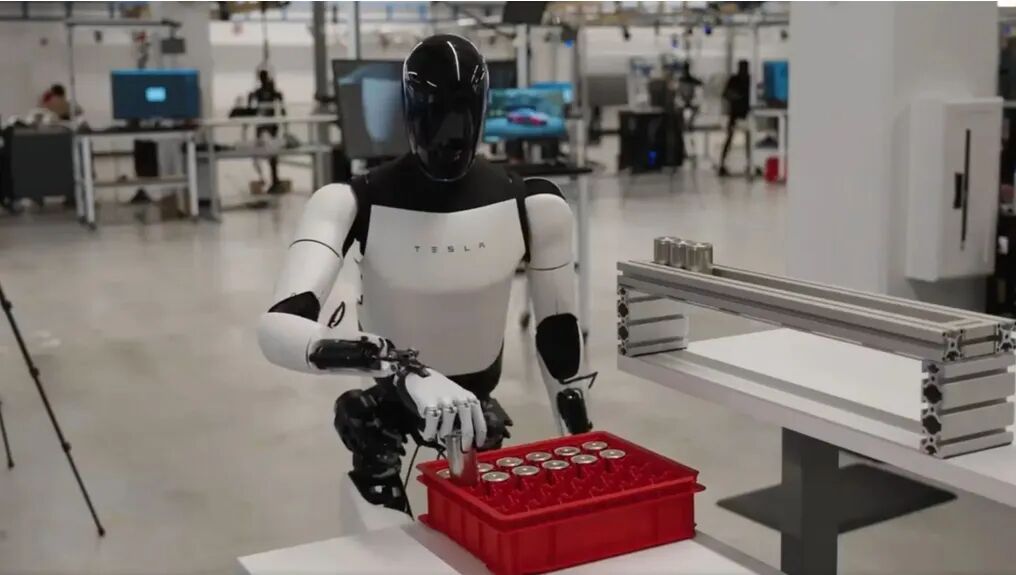
While Tesla's Master Plan 4.0 appears ambitious, it begs the question: Is it a beautiful vision or a distant dream? Can this goal be attained? What challenges does Tesla face in realizing this aspiration?
Criticism is not absent. Electrek describes it as replete with utopian promises, lacking clear action steps and a definitive product roadmap.
Electrek contends that Tesla's first two Master Plans were concise, outlining clear, actionable steps and a definitive product roadmap. In contrast, Master Plan 4.0 is seen as an opiate for Tesla shareholders seeking potentially 'infinite growth' in AI stocks, suggesting that Tesla may be chasing an AI bubble rather than genuinely driving technological innovation.
Electrek notes that all Optimus robot demonstrations have been remotely controlled by humans. Recently, Tesla had Optimus serve popcorn to guests at a Los Angeles restaurant, but it only functioned for a few hours on the first day and has reportedly been offline for a month since the restaurant's opening.
Musk himself recently acknowledged that Tesla has yet to fulfill Master Plan 2.0, released in 2016, which proposed bringing electric semi-trucks and buses to market, developing autonomous driving features, and launching a driverless car service.
Musk also self-criticized Tesla's Master Plan 3.0, describing it as 'so complex that almost no one can understand it.' Released in 2023, Master Plan 3.0 focused on scale. However, Tesla's electric vehicle sales peaked in 2023 and have since declined.
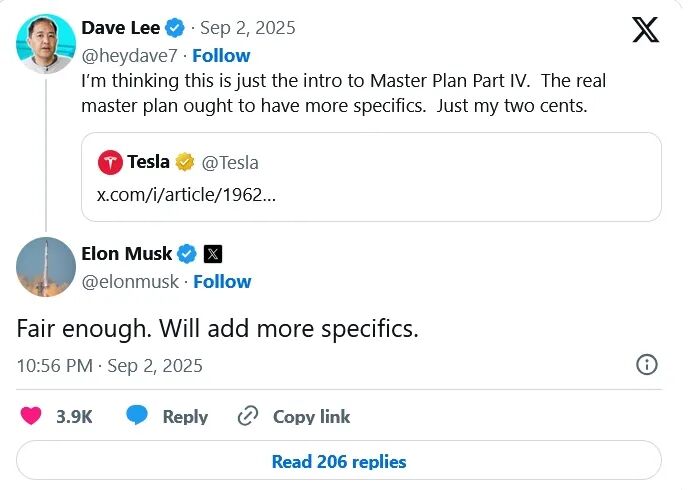
Nonetheless, Tesla did adhere to Musk's promise of being 'more concise'—Master Plan 4.0 is less than 1,000 words and lacks details.
According to Electrek, the document does not mention a specific timeline, and Musk has been vague about the progress of Optimus robot commercialization. In January this year, he estimated that Tesla might be ready to deliver Optimus to other companies in the second half of 2026, albeit as a 'very rough guess.'
Industry insiders are eagerly awaiting execution details. The 'lack of details' may disappoint investors seeking specific milestones.
Electrek also highlights that the goals of Tesla's Master Plan 4.0 face significant challenges, including ethical concerns about job losses and the need for substantial investments in chip technology and data centers.
Issues such as job losses due to increased automation, data privacy concerns related to autonomous systems, and potential algorithmic biases must be proactively addressed. A genuinely sustainable and abundant future necessitates not only technological progress but also a commitment to ethical development and responsible deployment of these technologies.
Unfortunately, Tesla offers little specific guidance on achieving this goal.
Regarding Optimus, Tesla has asserted that it can handle monotonous and dangerous tasks. However, Optimus is not yet available to the public, and based on current demonstrations, its high degree of autonomy remains questionable.
Its capabilities and cost remain unknown. While Tesla may envision scaling up to have one or three Optimus robots in every household, the latest Master Plan does not elaborate on this. Only time will tell.
Despite criticism, Master Plan 4.0 represents Musk's boldest bet to date, marrying Tesla's manufacturing prowess with cutting-edge AI to tackle humanity's greatest challenges.
While the blueprint may lack clarity, its release has reignited discussions about Tesla's developmental trajectory. A Tesla user, Patrick O'Malley, posted on X that as Tesla continues to push boundaries, the entire industry anticipates tangible progress—perhaps a demonstration of Optimus or the launch of FSD.
If history is any guide, despite delays, Musk's visions often eventually materialize.


